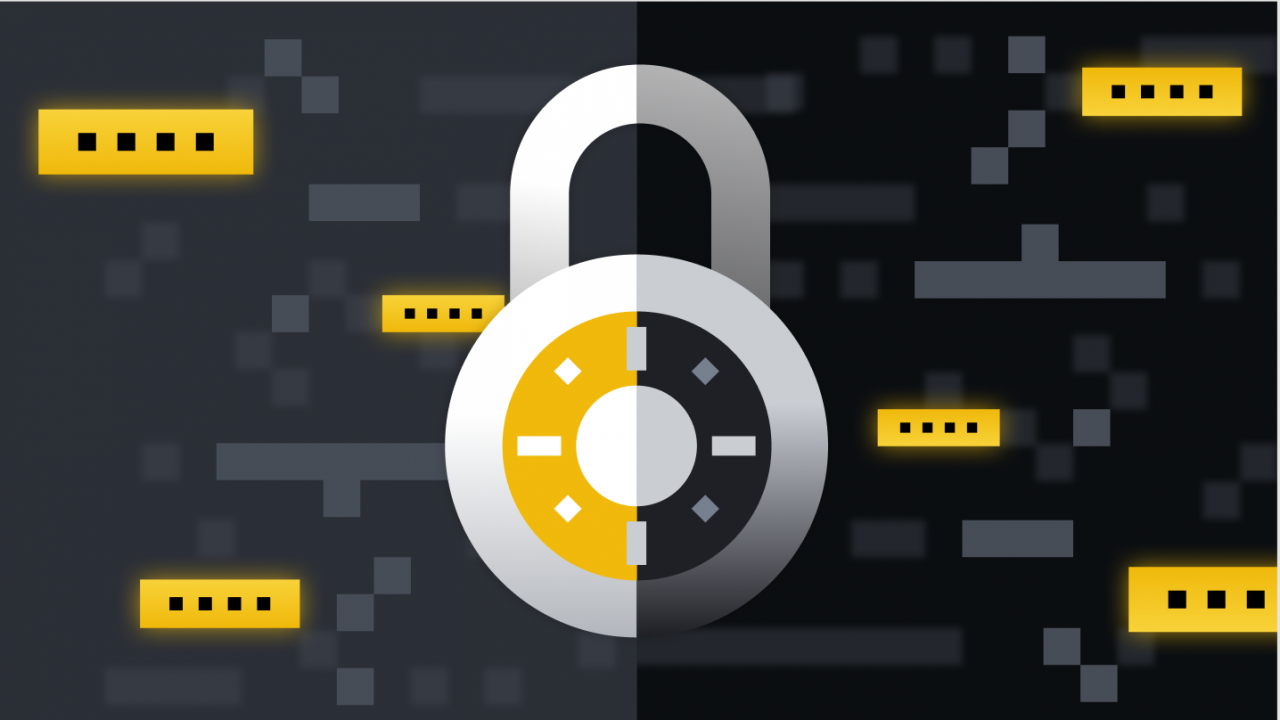
Sponsored
Money launderers are increasingly using nested exchanges. Learn all about nested exchanges/services and what we’re doing to combat them as well as how to avoid them and why accounts get blocked or frozen because of them.
Here are the main points to remember:
- The nested Exchange provides cryptocurrency trading services via an account or wallet that is hosted on an established exchange.
- The attractiveness of nested crypto exchanges is that they can bypass KYC requirements and AML restrictions for money launderers.
- In this article, you’ll learn how to avoid nested exchanges, the common security issues and how we combat this problem at Binance.
A new trend is emerging in the world of cryptocurrencies, and it’s not pretty. They’re called nested exchanges, and it’s the latest vehicle of choice for money launderers worldwide. A nested currency allows crypto trading through an account, wallet or other service on an already existing exchange. The nested currency is usually operated in secret and rarely linked to the host exchange. Why do they exist?
Users prefer to use nested exchanges as they have minimal know-your customer (KYC), and anti-money laundering requirements (AML). Perhaps they live an anonymous life off the grid, or even worse, they’re up to something nefarious. More often than not, it’s the latter situation. Here’s how nested exchanges work:
- Person A decides to trade BTC for ETH when he visits a nested Exchange.
- Person A deposits the ETH to the nested currency.
- In order to convert the ETH, the nested Exchange sends it to their wallet/account on the host exchange.
- Once the nested exchange has completed the trade, the funds converted to the person A will be returned.
This process is attractive to bad actors who want to hide illegally acquired funds or bypass the requirements of centralized exchanges like Binance. In this article, you’ll learn how to avoid nested exchanges, the common security issues and how we combat this problem at Binance.
How to avoid Nested Exchanges
A nested crypto exchange can appear exactly like a traditional one. Although some exchanges may display a misleading user interface it is very rare. Users will typically know what nested service they’re using, but most won’t see or know the host exchange it’s operating on. Avoid nested services and their associated risks by using a legally-compliant centralized exchange.
It’s a telltale warning sign if your crypto exchange requires little to no verification checks or trading limits. To determine if the provider you are dealing with is a nested one, you can use a Blockchain Explorer to see if funds have come from another wallet.
Security issues
These services come with significant risk due to the absence of oversight from the exchange. Don’t forget that you also run a greater risk by placing your money in exchanges with low security. To avoid AML/KYC regulations at their host services, bad actors intentionally use these services. Even if you’re using a nested exchange for your day-to-day crypto trading, you may unintentionally be funding criminal and terrorist activities. The nested exchange may be subject to law enforcement investigations. Depending on where you live and how long it has been in operation, your funds may be taken away or frozen. In the event that law enforcement has reason to believe that a nested exchange is conducting an unlawful operation, and is able to take legal action against it, the service, and it’s assets, may be frozen and/or seized. While there may be many reasons for law enforcement to take action, users should worry that the legal action against any service could make it impossible to recover their funds. Even if the funds are recovered, it could still be time-consuming due to financial and other resources.
How Binance combats Nested Exchanges
Most hosts will notify customers about exposure to a networked exchange. This applies to other types of situations as well. This can happen to anyone. You need to work with compliance and provide all required documentation. Binance audits both personal and business accounts. This audits can include an analysis of the funds flow and risk scoring. We’ve also recently implemented TRM Labs Chain Analyzer, an industry-leading security tool that identifies nested services living inside a macro exchange.
Any nested services that appear to be acting in bad Faith will be offboarded and enforced and notified. Nested exchanges, especially in Russia and Ukraine, have the highest concentrations of money laundering by geographic area of customers. We recently deplatformed several accounts linked to Suex.io, a Russian illegal cryptocurrency exchange. All relevant information was shared with the authorities.
Our industry leadership entails a responsibility for protecting the crypto community and fighting bad actors. While we do our best to spot and flag nested exchanges on our platform, these accounts don’t always declare their status as a nested exchange. Our users should follow the best security procedures, use KYC- and AML compliant exchanges and be alert for red flags.
This post is sponsored. How to reach your audience? Read disclaimer below.
Images CreditsShutterstock. Pixabay. Wiki Commons
DisclaimerThis information is provided for educational purposes only. This is not an invitation to purchase or sell directly, nor a suggestion or endorsement of products, services or companies. Bitcoin.com is not a provider of investment, tax, legal or accounting advice. The author and the company are not responsible for any loss or damage caused or alleged caused by the content or use of any goods, services, or information mentioned in the article.